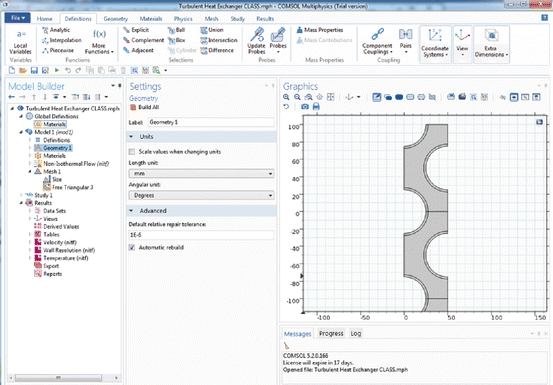

Conventional active methods generally apply external acoustic 1, 2, 3, 4, 5, electric 6, 7, 8, 9, 10 and magnetic 11, 12, 13 fields, taking advantage of the powerful ability of highly accurate cell separation.

In the past two decades, various microfluidic cell sorting technologies have been developed and can be classified as active and passive methods. Precise manipulation and separation of cells at the microscale are an essential technology for enabling biological studies and exhibit immense commercial potential in the bioengineering and pharmaceutical industries. A single sorting process was able to recover 89.72% of MCF-7 cells from the original mixture and enrich MCF-7 cells from an original purity of 5.3% to 68.9% with excellent cell viability. Utilizing an optimized channel design, we demonstrated the size-based sorting of MCF-7 breast cancer cells spiked in diluted whole blood samples without using sheath flows. Our novel design with sharp-turning subunits could effectively focus particles as small as 3 μm, the average size of platelets, enabling the sorting of cancer cells from whole blood without the use of sheath flows. Six sizes of fluorescent microspheres (15, 10, 7, 5, 3 and 1 μm) were used to study the size-dependent inertial focusing behavior.

The balance between the inertial lift force and the Dean drag force results in deterministic equilibrium focusing positions, which also depends on the size of the flow-through particles and cells. A single wavy channel unit consists of four semicircular segments, which produce periodically reversed Dean secondary flow along the cross-section of the channel.
Comsol 5.3 negligence inertia series#
In this paper, we present a novel channel design with a series of reverse wavy channel structures for sheathless inertial particle focusing and cell sorting. Inertial microfluidics utilizing passive hydrodynamic forces has been attracting significant attention in the field of precise microscale manipulation owing to its low cost, simplicity and high throughput.


 0 kommentar(er)
0 kommentar(er)
